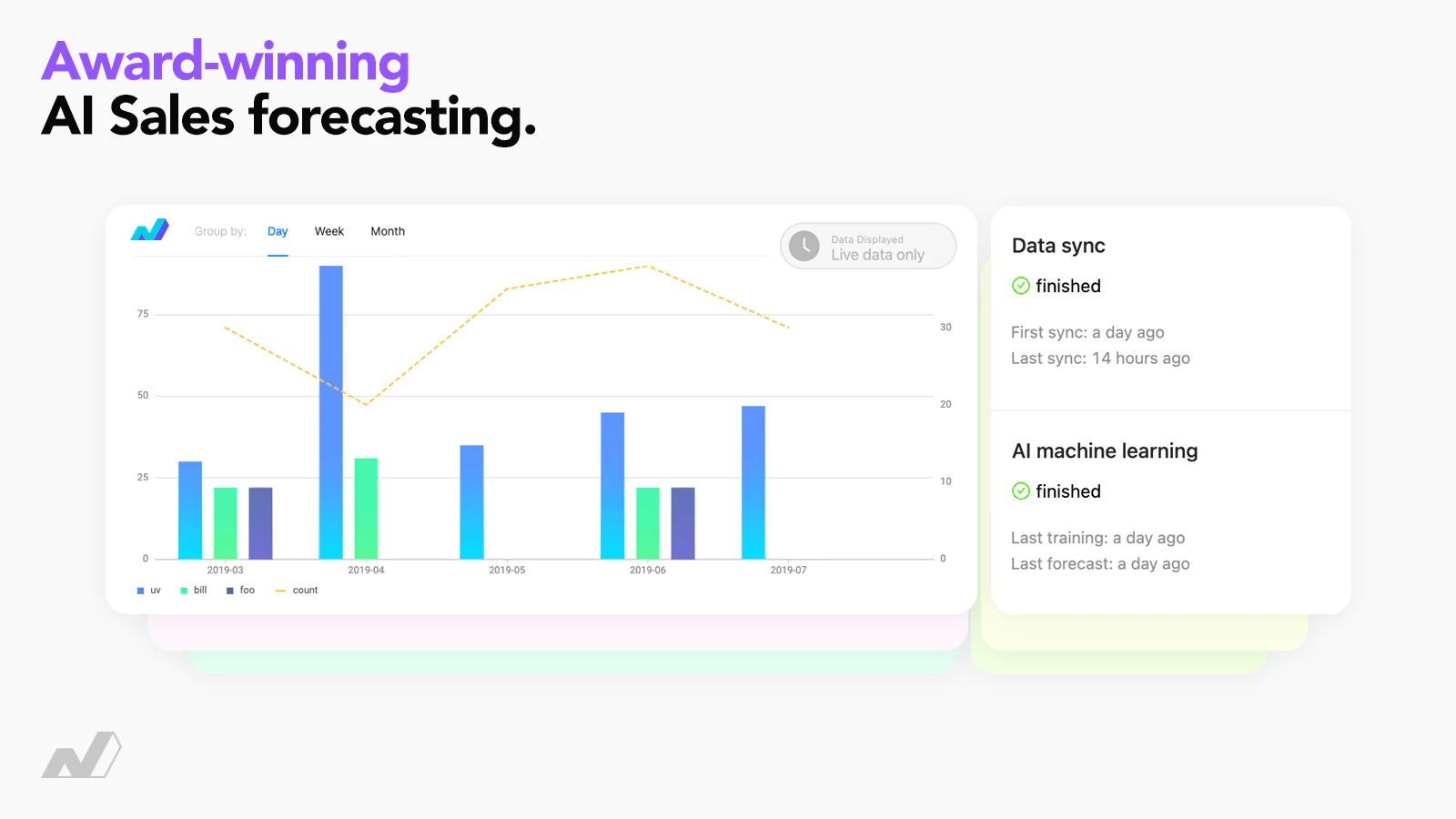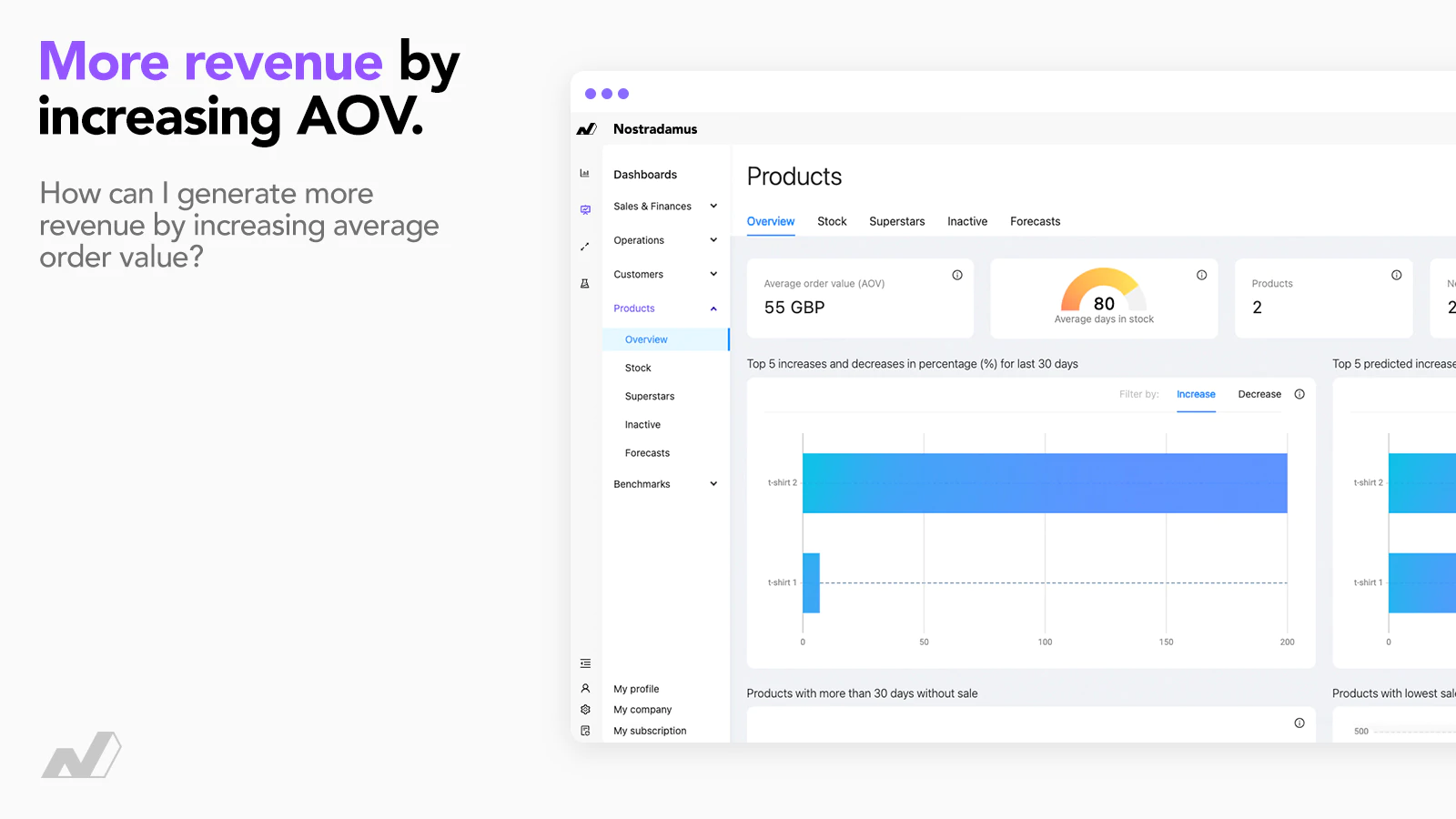Important strategies for boosting your eCommerce sales
The main goal of every business is to give added value to the world by satisfying the customer’s needs. Satisfying their needs allow the company to earn money and scale up the business. It does not matter if you produce excellent quality goods or you offer top tier services at a certain moment; you will need to boost your sales in order to cover your operational costs, scale up and increase your revenue. Sales are the core element of any business. Without it, it cannot thrive or – in most cases, even exist. The same logic applies to eCommerce. You can’t just set up a new website and expect traffic to appear and explode with the new orders. You need to spread the word about your brand and ensure the shopping experience is safe and enjoyable for your customers. There are plenty of ways to boost your sales, and this article will show you some of them.
Table of contents Contents:
CHAPTER 1: BUILD BRAND AWARENESS CHAPTER 2: ANALYZE AND LEARN FROM YOUR BIGGEST COMPETITORS CHAPTER 3: ANALYZE THE CUSTOMERS
Chapter 1: Build Brand Awareness
Surely you have heard about a brand's awareness and the power of recognizability it brings. Some companies have created it to such an extent that in the minds of customers, it is seen almost as synonymous with a particular type of product or service. We first associate hamburgers with McDonald's, dandruff shampoo is primarily Head & Shoulders, fried chicken with KFC, and energy drink is Red Bull. These products have many counterparts from other brands, but the strongest or most popular and recognizable ones dominate customers' minds.
The brand makes it easier to communicate with customers - with the help of establishing the marketing campaign and implementing the catchphrases used in slang to show visual identity in the form of a product or logo. A uniform, clear message is created, which channels and addresses specific emotions among customers. With branding, you can create an image that will directly reach a specific group of consumers and convince them that YOURS is able to meet their needs, for example, in terms of excellent customer service or providing the highest quality products.
Thanks to such actions, consumers associate the brand in a clear way; they will distinguish it from the competition when the time comes and get used to it. It will boost trust and loyalty among people. It can easily convert into additional benefits - customers who feel a bond with a given brand will recommend it to others, strengthening the sales effect.
Create Quality Content :Great brands do not only sell their products. They also educate their customers
Engage with Your Customers: Reply to comments on social media and your blog, make customers feel involved in your business.
Chapter 2: Analyze and learn from your biggest competitors
To run a successful eCommerce business, you first need to understand your chosen industry and where you stand in it. However, it is difficult to do this without comparing yourself to the competition, so regular monitoring is a must. One of the most successful options is to check out the competition before starting your own business because it will give you an idea of what to expect when entering a particular industry. Further monitoring will help you to be aware of the current situation, react to the actions of other entrepreneurs and adapt to dynamic changes in eCommerce.
To make the analysis of competition effective, it is worth thinking about what we want to achieve thanks to it. At first, tracking the competition allows you to recognize the biggest rivals in the industry and treat them as a kind of reference point. You can also analyze new companies, examine their market potential, and see if they pose a potential threat to your business. Observing the competition is also a space for development and continuous learning. By identifying the strengths and weaknesses of other companies, we can learn what actions to avoid and which ones are beneficial to the business. All this makes it easier to plan future moves and strategies for further action. An equally important reason for monitoring the competition is the ability to react quickly to their actions and adapt to changes in the market. If someone already is widely recognizable and has considerable sales volume, learn from him. Learning from eCommerce professionals and veterans will quickly tweak up your sales and boost them.
Find bestselling eCommerce stores in your branch and learn from them
Check out the business moves of competition regularly to follow the newest trends
Chapter 3: Analyze the customers
The goal of every e-shop is an effective sale. Effective (completed transaction) distribution is a consequence of planned and consistent actions. It is not a secret that it is an advanced process that requires certain knowledge. One of the most important elements is the analysis of the user behavior of our e-shop, obtaining the most useful data and their conversion. A good seller carefully explores, observes, draws correct conclusions, and uses them to increase sales indicators. Analysis of consumer behavior is one of the most strategic factors supporting sales in the eCommerce sector. Careful analysis and monitoring of a user's behavior on the site will accurately show us his preferences. Observation of activity on the site will show us, even in real-time, the user’s motivations during online shopping. It will allow us to get to know and properly diagnose the most popular products and services that we offer. We will quickly discover the customer's preferences regarding the payment model or the form and cost of delivery, and we will be able to adjust them to our sales model, increasing the sales volume.
The data must be analyzed extensively from scratch and be the process that is fully oriented on positive user experience. A consistent analysis of user behavior on the site will effectively help us in possible optimization for increasing the value of the shopping cart. Even after the abandonment of the purchase, abandonment of the shopping cart, we have analytical tools at our disposal, thanks to which we can take action to motivate the user to return and make a transaction.
Invest in marketing analysis so that you can collect data about your customers
Use the data not only to boost up the positive markers but also to diminish the negative ones
Chapter 4: Boost the conversion rate of your shop
E Commerce conversion is one of the most important factors in analyzing the profitability of online stores. It shows what percentage of users who visited our site made a purchase. If the percentage of sessions on the store was 1000, of which 100 placed the order and completed the checkout, then the conversion rate is equal to 5%. When analyzing the conversion in the online store, we must be aware that the average conversion rate is different for each industry.
There is no single, proven method for conversion rate optimization. Depending on the problem, a tailor-made solution should be used. Let's take a look at an example: an online store sells furniture at competitive prices. Internet users visit the site and click on the menu, which is the end of their interaction. What problems can occur on this website? The menu with product categories is too extensive. Customers can't find their way around it, so they leave the site. The solution to increase conversion is simple - rebuild the product category menu. As eCommerce owners, we need to create landing pages tailored to selected target groups to achieve a specific goal, such as selling a selected product category, finding, and creating the content that attracts users to the site and place call to action buttons in visible places. All these strategies will eventually skyrocket your sales volume.
Create attractive site look and category
Create attractive content associated with the website (blogs, ads, social campaigns etc.).
Chapter 5: Run a promotion
Store shelves are overloaded with goods, and the Internet tempts with unique products available on the spot. A wide range of products makes it increasingly difficult to make a purchase decision, and the modern consumer really does have a hard start in choosing a proper product. Everyday sellers use various incentives to make each basket's value as high as possible. Here are some of the most popular, and most effective mechanisms to stimulate the overall rate of sales. Promotion, reduction, bargain discount - this is by far every shopper's favorite set of words. The reaction of the human mind to discount labels can be astonishing. Goods that no one has even looked at before suddenly become incredibly attractive, and not buying at a better price is even treated as a sign of inconsideration and mismanagement. Most stores regularly "clean out" their warehouses by organizing spring, summer, autumn, and winter sales for their customers. Alongside these, the eagerly awaited Black Friday is also celebrating its triumphs, and it is breaking the record of total commerce volume every year. Although the difference in price is often really insignificant, in fact, the magic of discounts always attracts attention, and most importantly, the buyer's wallet. In addition to labelling products as "sale", "promotion", "%" are also increasingly deciding to create a separate "sale" tab, which is a universal mastermind of incentives for shoppers and is mostly visited by them at first glance. Think about it. Do you know anyone who does not like discounts?
Tag products with labels like "sale", "promotion", "%".
Create a separate tab that plays the role of the sale section.
Add a field in the shopping cart which enables you to enter and use a discount code.
Chapter 6: Offer an Entry-Level Product
If you sell a product that nobody knows about or comes at a premium price point, it might be a good idea to add an entry-level product to your range. An entry-level product is something that helps the customer get accustomed to or even excited with your brand and shop. At the same time, it is not too expensive to not keep the customer too overwhelmed with a price tag. It has to be something small. Entry-level products are always placed under the average price point. That means if your Average Product Price is 100€, your entry-level product should cost less than 100€. Ideal if its price is situated under 50€. Similarly, if your average price point is 10€, the product should cost less than 10€, ideally less than 5€. Secondly, try not to make your entry-level products regular items on sale. It will make your entry clients special as they need to get to know your brand and get accustomed to it. Your entry-level product shouldn’t require a lot of thought. It should create a simple transition to becoming your customer. When you acquire new clients that way, it will significantly boost your sales—simple, non-bundled items which do not require complicated explanations to work and get satisfaction from it. You want shoppers to actually buy your product; you don’t want to force someone’s purchase because of a forceful, unnatural urge they’ll regret later. Just a little nudge to get someone who’s going to buy anyway but will do it right now.
Offer cheaper incentive products to acquire new customers and, therefore, boost your sales
Offer simple products(or samples) for a less price than the average price of your product
Create a non-aggressive feeling of urgency when offering entry-level products
About Nostradamus.cloud


















